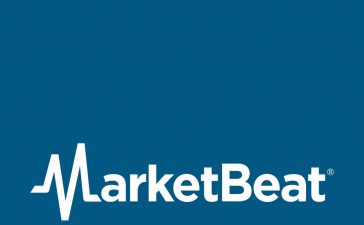In addition to responding to all kinds of questions and generating never-before-seen images, artificial intelligence has significant applications for medicine. The magazine Nature published a study in which AI improves on human results in evaluating echocardiogram images, used to diagnose cardiac problems. The authors, a multidisciplinary team at Los Angeles’s Cedars-Sinai Medical Center, did a randomized blind study —the first of its kind with this technology— to evaluate the AI’s precision analyzing 3,495 echocardiogram images that show the heart’s functioning.
In the study, cardiologists were asked to assess evaluations that either technicians or AI software made of the ultrasound images. The doctors corrected mistakes in 16.8% of AI evaluations, compared to 27.2% of human ones. Additionally, the cardiologists could not tell which evaluations were done by AI and which by humans. As the authors summarize, “For patients undergoing echocardiographic quantification of cardiac function, initial assessment … by AI was non-inferior to assessment by sonographers.”
The research team, led by cardiologist David Ouyang, do not believe that the technology will substitute the work of human professionals. “We hope that it helps specialists to save time and minimize the most tedious parts of cardiac diagnosis work,” he says. The cardiologist, for now, will still have the last word.
At Cedars-Sinai, AI is also being applied to other aspects of cardiac prevention. A team led by Sumeet Chugh has begun an observational study with around 400,000 people in search of a more precise way to evaluate risk of ventricular fibrillation, a kind of arrhythmia that can provoke sudden death. The accumulation of information will train the AI to detect which patients have elevated cardiac failure risk and should undergo an intervention. Other uses of the AI tested by the institution can improve images obtained by low-quality scanners so that they meet the quality of those obtained by higher-end devices.
Amparo Martínez, president of the Cardiac Image Association of the Spanish Cardiology Society and cardiologist at the Santiago University Clinic Hospital, explains that on the latest equipment, “there are now semi-automatic programs that work to analyze different measurements of an echocardiogram. It saves time, but expert evaluation is still necessary.” This type of technology, she adds, “helps a lot and will help more. It can make the work easier, because it’s faster than doing the measurements yourself, but the doctor’s work will always be necessary.”
Ouyang believes that his technology can help make medical treatment more accessible, but he doesn’t discard the possibility of AI eventually substituting human work. “Cardiologists would still examine it and make sure that it’s done well. That said, in our study, cardiologists weren’t capable of distinguishing between work done by technicians and AI, and they saw that the preliminary evaluation by the AI was better and required fewer changes,” he says.
Some practitioners are hesitant about leaving something as sensitive as medical diagnosis in the hands of systems whose functioning is not completely understood. However, experts like Regina Barzilai, who has developed algorithms that can improve cancer diagnosis, believe that the danger lies in undervaluing and not taking advantage of the potential of a technology that can improve precision in medical diagnosis. “There is excessive emphasis on the risks of this technology, but if you observe the health systems around the world, they don’t usually have it. It is used only at some research hospitals. It’s like talking about the risks of having a house on Mars when no one’s building houses on Mars,” she says in an interview with EL PAÍS. “The danger of artificial intelligence,” she adds, “is in delaying its application to medicine, because many people suffer because of insufficient care, medical errors or elevated healthcare costs.”
Sign up for our weekly newsletter to get more English-language news coverage from EL PAÍS USA Edition









